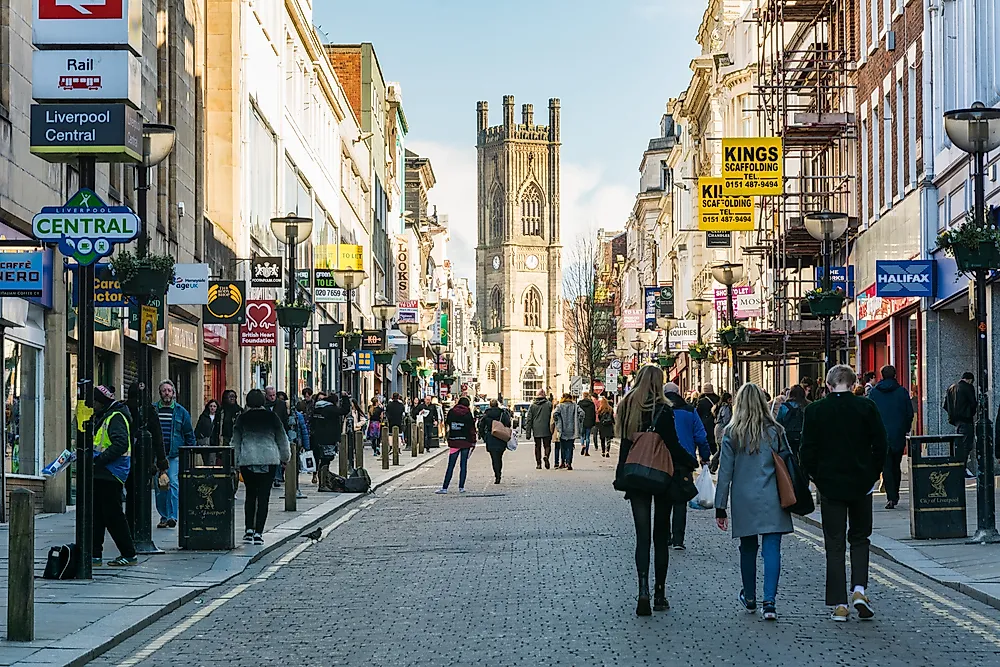What And When Was The UK Urban Renaissance?

UK Renaissance
The United Kingdom Urban Renaissance was a period in the late quarter of the 20th century that witnessed the regeneration and repopulation of cities across the U.K. including cities such as Liverpool, Manchester, Leeds, Cardiff, Bristol, Birmingham, Glasgow, and parts of the Greater London. The cities had experienced suburbanization and urban decay during the mid-20-the century. The regeneration the cities was achieved through incentives which included friendly taxation policies and lifting of planning restrictions. The state encouraged business and cities to move back to the city by improving housing and other infrastructures. The development of the London Docklands and similar projects and gentrification of those in existence encouraged people that living in the cities provided better lifestyle and opportunities. After the 17th and 18th centuries, the canals and docks, rail yards, and past industrial sites were deserted until development agencies moved in to redevelop them. The Urban Task Force report set the plan for the densification of the cities in the U.K.
The Redevelopment Of Cities
During the urban renaissance, the cities of London, Manchester, Leeds, Birmingham, and Sheffield witnessed significant growth in population. The average population growth in Manchester was 8.1% in the city region and 28% in the Manchester Metropolitan. The newly established developments saw an increase of between 300-400 residents in every hectare. Mid-size cities witnessed significant rise in population; they include Leicester (+18%), Cardiff (+13%), and Nottingham (+14%).
London Extremes
Between 2001 and 2011 London experienced a population growth of 14%. It is the densest city in the region with a population density of about 200 residents in every hectare. Although the state encouraged people to move to the city, it was inadequately prepared to match the rapid rise in the city population. Today, London experiences a huge housing demand and is among the cities with the highest property prices in the world. Debates on how to handle the ever-growing city population is ongoing with politicians advocating for the transformation of the land to the community ownership to accelerate construction.
Suburban Challenges
There are large gaps between social, low-cost and terraced houses in much of the cities in the U.K. Research has revealed that most of those moving to the urban environment are either student, young professionals, and young families. Therefore, there is a need for schools and open safe environments. The rising cost of houses deter young and first time buyers, the availability and cost of mortgages are straining the potential buyers. The huge populations of the cities is straining the social infrastructures such as roads and the healthcare facilities.
In 2008 the Policy Exchange think tank report criticized the policies set up to regenerate the cities for failing to plan for not anticipating the problems facing most of the cities today. The report detailed how the planers planned for an economy similar to the coal-powered 19th-century. The report further elaborated on how repopulating the cities drained the growing towns and stated that those towns would likely not catch up with cities such as London.











